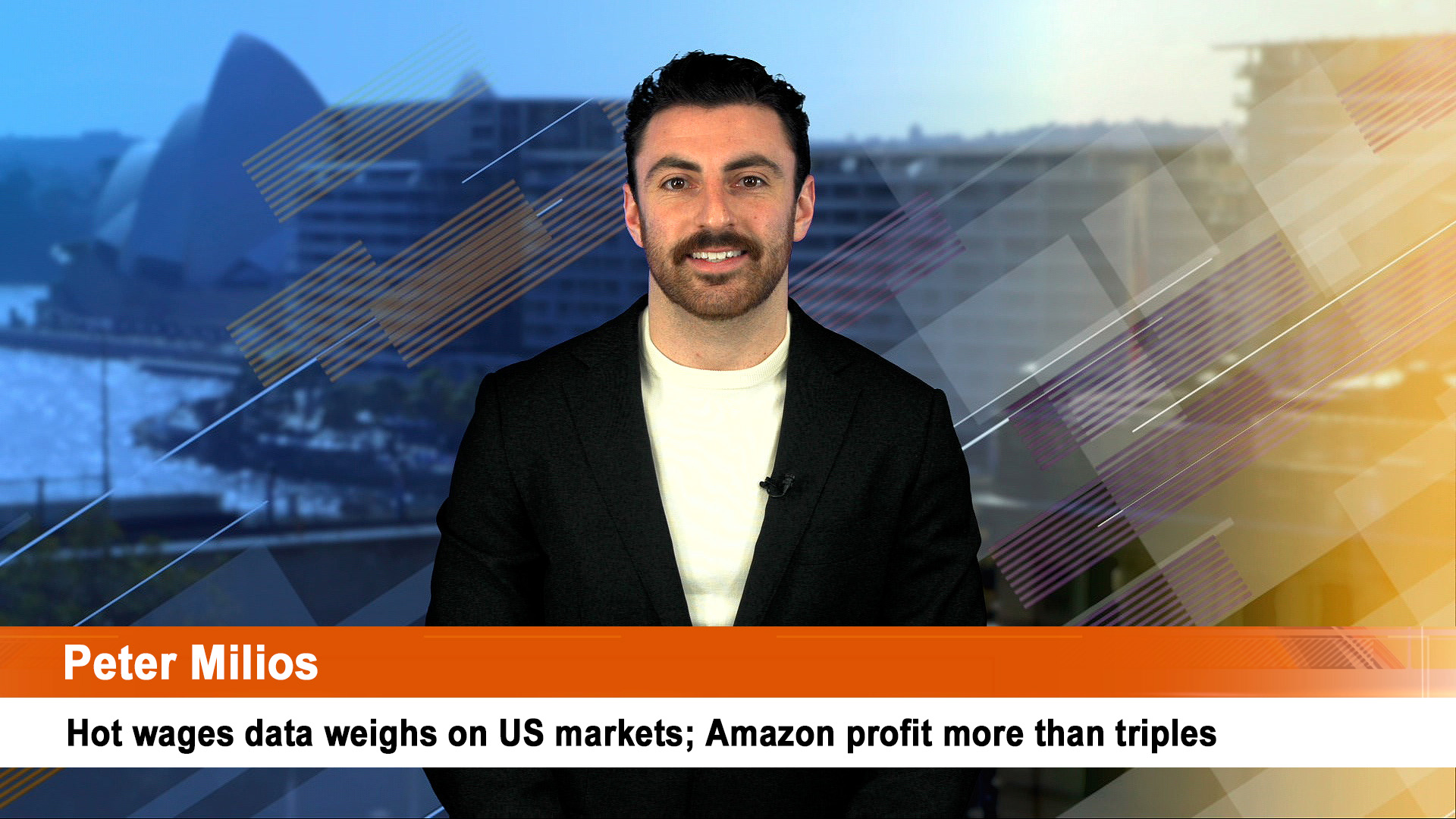Wall Street closed down more than 2,000 points, or 7.8% in the worst day for US stocks since December 2008 and US government debt yields touched record lows on Monday, after a crash in the price of oil rocked markets already reeling from the impact of the coronavirus.
The situation appeared so serious that the US Federal Reserve announced a $US50 billion increase in short-term lending to US money markets to make sure there continues to be liquidity in the financial system.
Those pressures will be added to by news early Tuesday morning from the Italian government that it was shutting down the entire country.
There was no word on whether the Italian market would remain open.
Analysts dubbed it Black Monday – but there was another, larger Black Monday in the 1987 crash that saw the biggest one day slump ever of 22.6% – so all other ‘black days’ have a way to go.
The Dow fell 2,013.76 points, or 7.79%, to 23,851.02, the S&P 500 shed 225.81 points, or 7.60%, to 2,746.56 and the Nasdaq dropped 624.94 points, or 7.29%, to 7,950.68.
The S&P 500 is now down 19% from its most recent peak while the Dow came within a few points of dipping into a bear market (a 20% or more fall from its most recent peak).
Energy and US bank stocks led the market lower. Among the Wall Street banks, Citigroup was the biggest loser, down 16%. Bank of America saw a 15% drop, while JPMorgan shares were down 14%.
It was a reprise of what happened on the ASX earlier in the day when it lost $137 billion in value, led by sharp falls by bank shares with the big four down sharply (see separate story)
The US trading day started sensationally when, five minutes into Monday’s session on Wall Street, trading was stopped automatically for 15 minutes after in the US the S&P 500 fell 7%.
The came after fears over the spreading coronavirus in the US and abroad.
That saw markets in Asia and Europe plunge with the Nikkei index in Japan down more than 5% (its biggest daily drop since 2016) and the Stoxx Europe 600 index – a Euro-area index – down over 6%.
The Footsie in London fell 7.7%, the Dax in Germany nearly 8%, France’s CAC 8.4% while Italy’s Milan market plunged more than 11%.
The oil prices collapse, which helped sink the ASX on Monday, continued as major producers Saudi Arabia and Russia went into a price war over cuts in production.
Investors piled into safe assets like government bonds where the yield on the US security hit a new all-time low of 0.38% and was trading around 0.58% in early Asian trading.
So fraught were trading conditions that gold only rose a few dollars and silver sold off.
Comex gold for April delivery closed up $US3.30, or 0.2%, at $1,675.70 an ounce, after a 6.79% gain last week. Investors just put money into bonds or cash.
Comex May silver shed 20.9 US cents, or 1.2%, at $US17.054 an ounce, after last week’s 4.89%. Investors were just not interested in it as a safe haven.
Key industrial metal and China proxy, copper, shed 5 US cents or 1.2% to end at $US2.5105 a pound on Comex.













